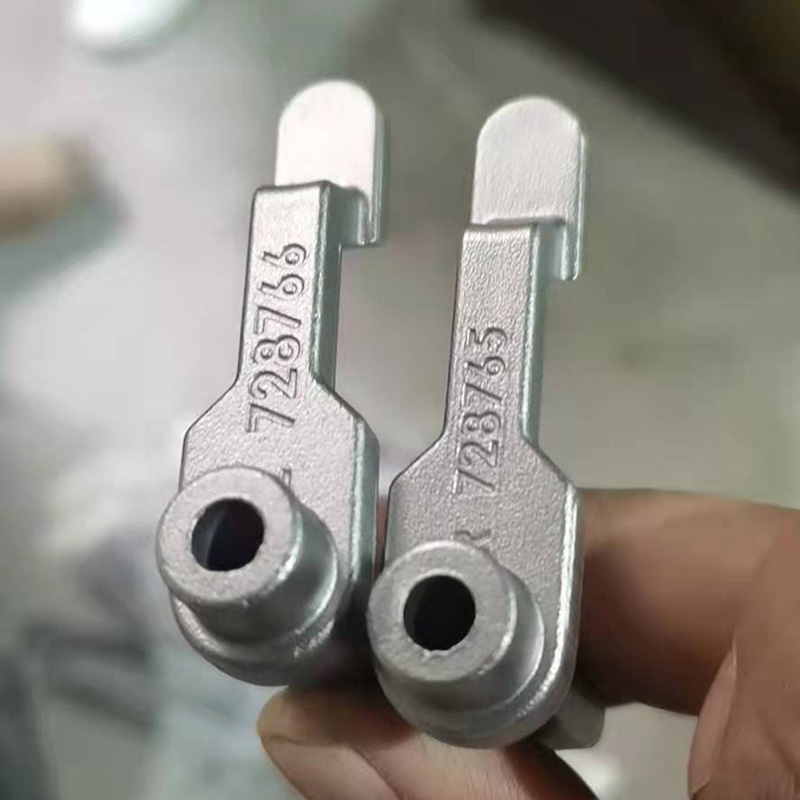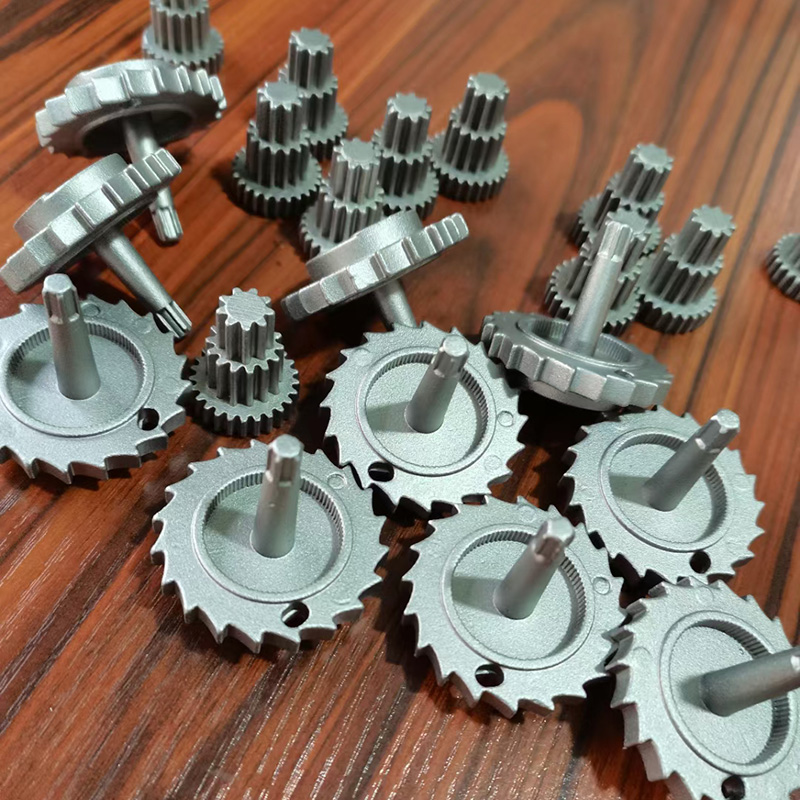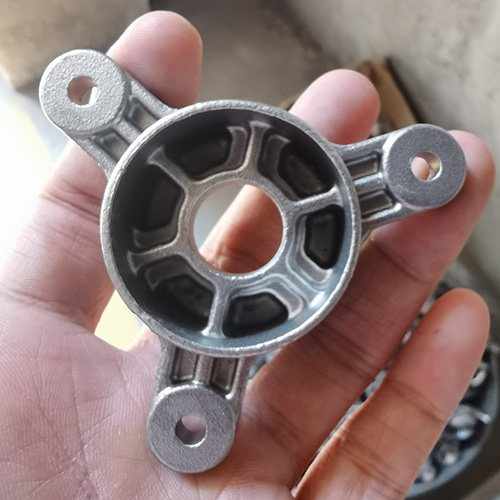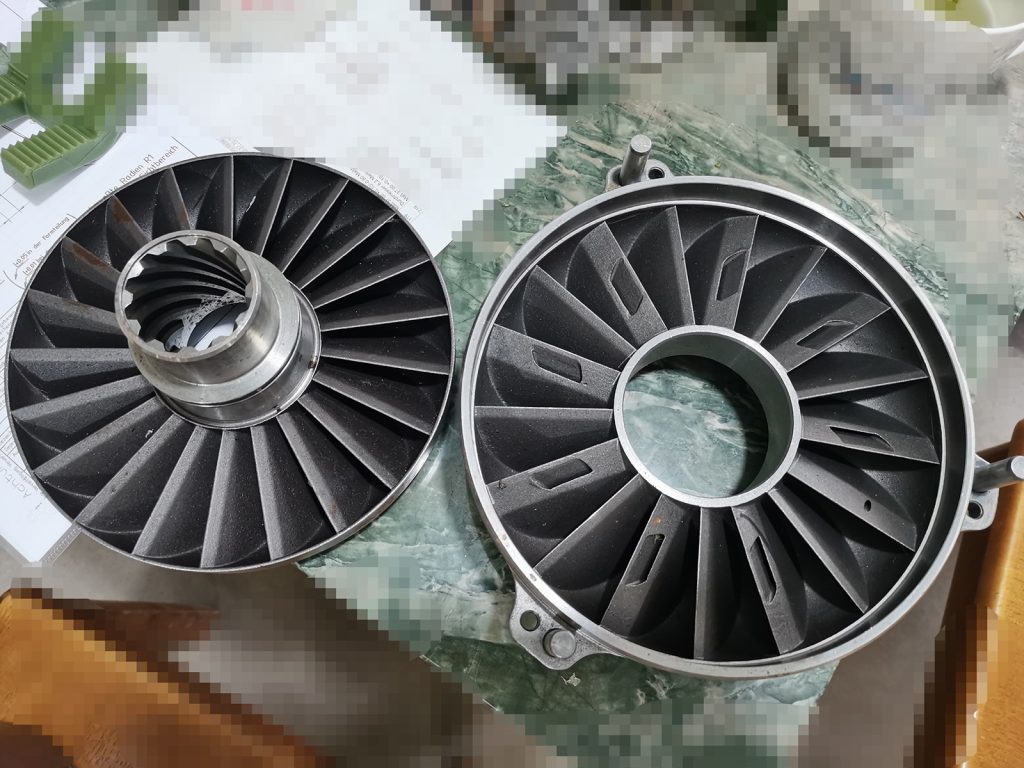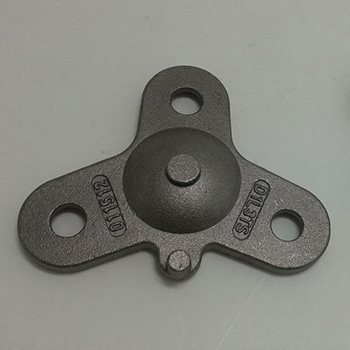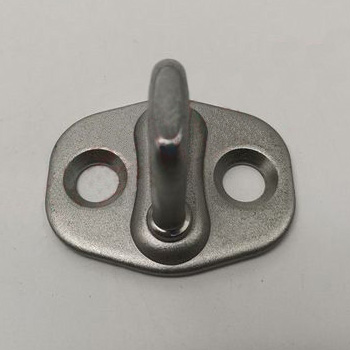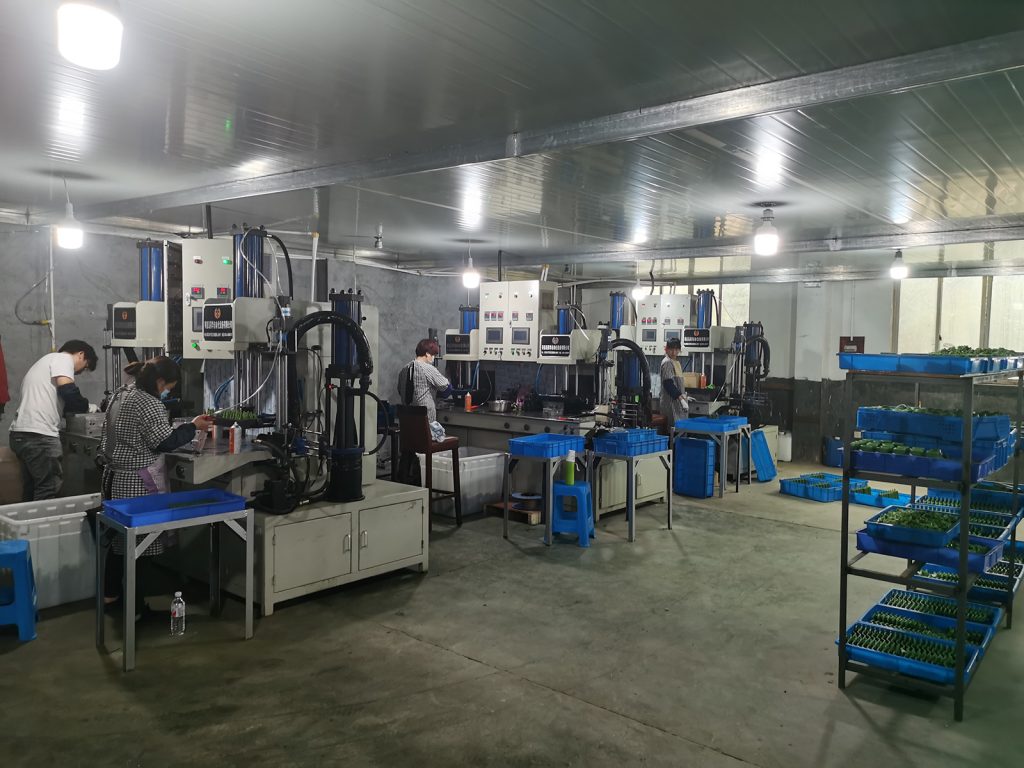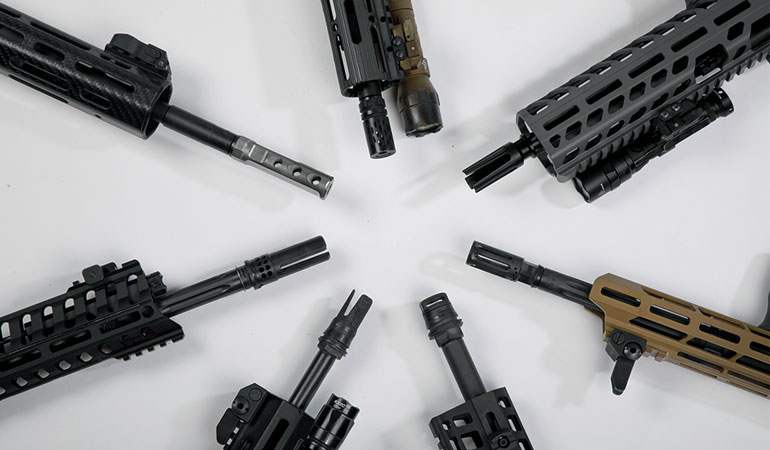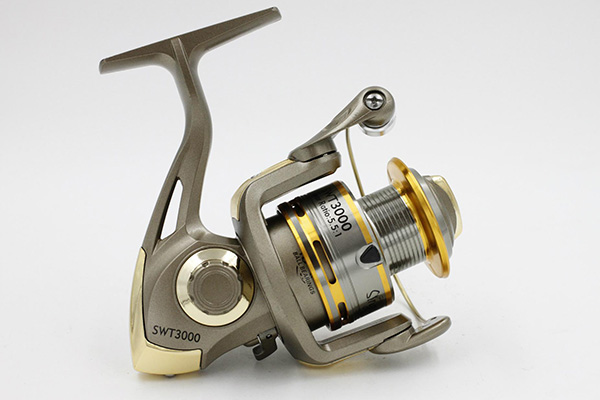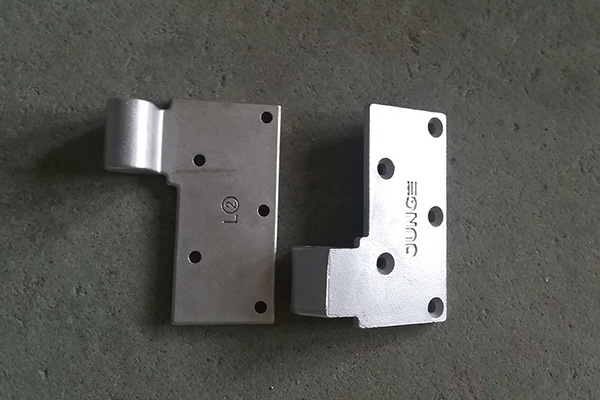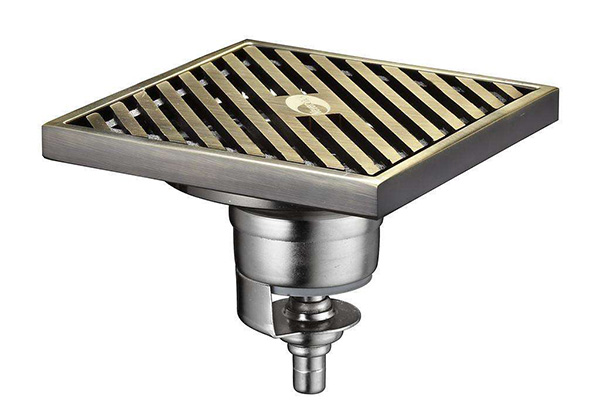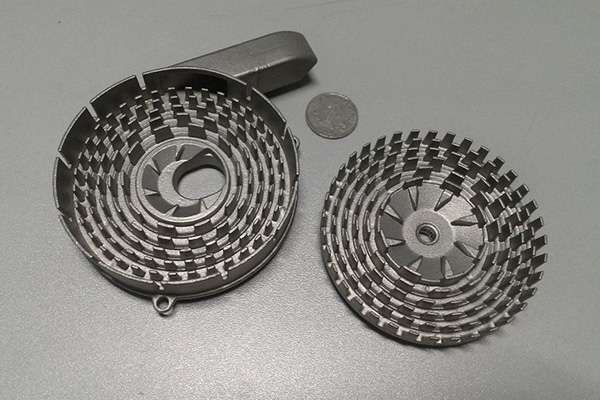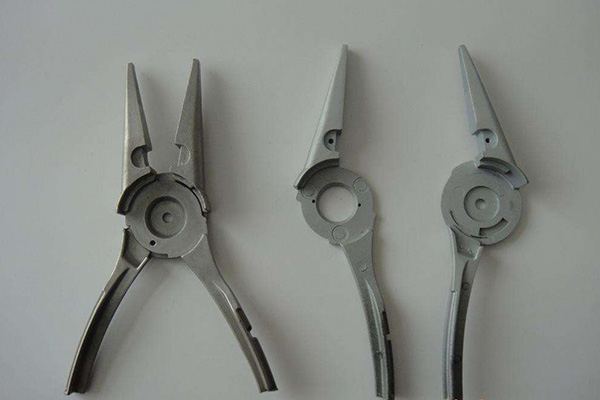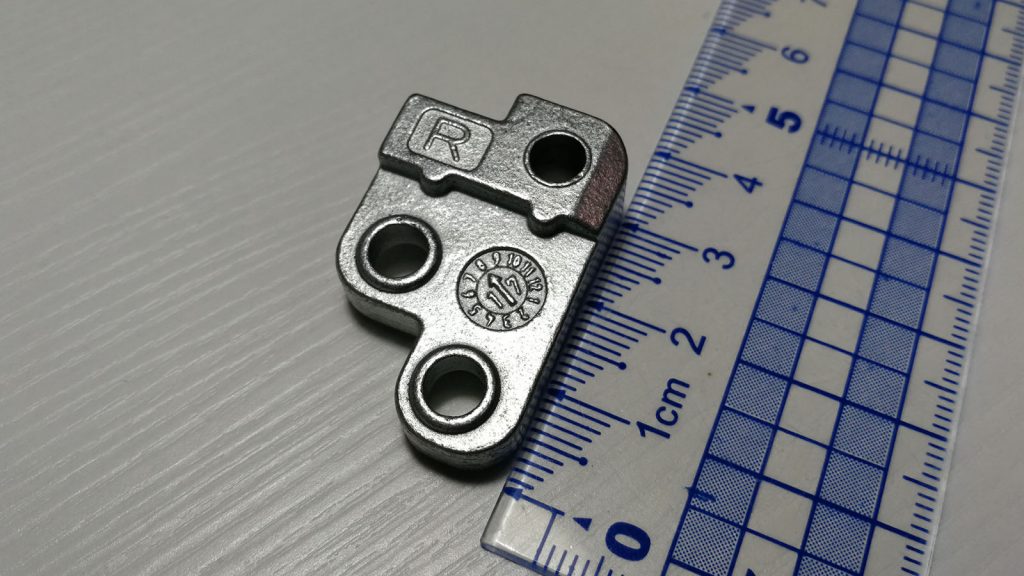Choosing the right investment casting company for your project is crucial to ensure the success and quality of your investment casting needs. Here are some steps you can follow to make an informed decision:
Define your project requirements: Clearly outline your project’s specifications, including the type of material, dimensions, tolerances, and any specific features or complexities. This will help you assess whether a casting company can meet your specific needs.
Research potential casting companies: Look for investment casting companies that have experience and a good reputation in the industry. Search online, check industry directories, and ask for recommendations from colleagues or professionals in your field. Heda Castings started exporting precision casting parts since 2004 and have built long-term business relationships with clients from all over the world.
Evaluate their expertise and capabilities: Review the company’s website, brochures, and any available documentation to assess their expertise and capabilities. Look for information on their experience with similar projects, the range of materials they work with, and the types of industries they serve. Heda-castings offers investment castings in most kinds of material such as alloy steel, stainless steel, brass and more. Our clients are from various of industries including automotive, medical, energy, construction, homeware, household electrical appliances, railway, machinery, defense and so forth.
Quality and certifications: Check if the company has appropriate certifications, such as ISO 9001 or other industry-specific quality standards. These certifications indicate that the company follows established processes and maintains high-quality standards. Our foundry is a ISO9001-2015 certificated factory.
Request samples and references: Ask the casting companies for samples of their previous work to evaluate the quality of their castings. Additionally, request references from their existing clients and contact them to inquire about their experience working with the company.
Capacity and production capabilities: Determine whether the casting company has the capacity to handle your project. Consider factors such as production volume, lead time, and their ability to scale up production if needed. Our annual production capacity is more than 4,000 tons.
Technical support and collaboration: Assess the level of technical support and collaboration the casting company can provide. A reliable company should be able to offer guidance and expertise throughout the design and manufacturing process, suggesting improvements and optimizations where necessary. Our engineers can offer design and engineering support. We have experienced engineers who can review your designs, provide feedback, and offer suggestions for improving manufacturability and cost-effectiveness.
Pricing and affordability: Obtain quotes from multiple casting companies to compare pricing. However, remember that choosing the lowest-cost option may not always yield the best results. Consider the overall value, including quality, expertise, and reliability, along with the pricing.
Communication and responsiveness: Evaluate the communication skills and responsiveness of the casting company. Timely and clear communication is essential for a successful collaboration. Our sales team has good English skill and professional knowledge of investment casting.
Supply chain management: Consider how the casting company manages its supply chain. They should have established relationships with reputable material suppliers to ensure the quality and availability of materials. Efficient supply chain management can also contribute to shorter lead times and reduced costs. Our factory is close to Shanghai port and Ningbo port, we have our own exporting company in Shanghai and we have very reliable partners in inland transportation and international logistics field, in order to ensure our parts can be shipped or air world wide safe and in time.
Visit the facilities (if possible): If feasible, arrange a visit to the casting company’s facilities to see their operations firsthand. This will give you a better understanding of their capabilities, quality control processes, and the overall working environment. We welcome all the clients to pay a visit to our foundry in China.
By following these steps, you can make an informed decision when selecting an investment casting company that aligns with your project requirements and can deliver high-quality castings within your desired timeframe.
Please feel free to contact us and we look forward to building a long-term business relationship with you.

